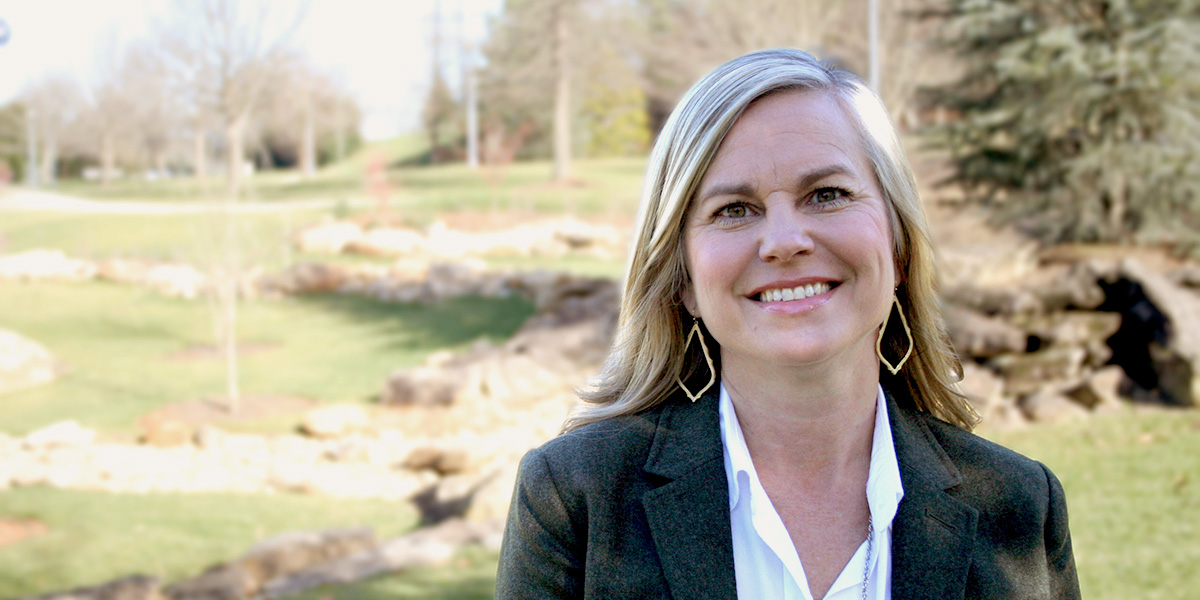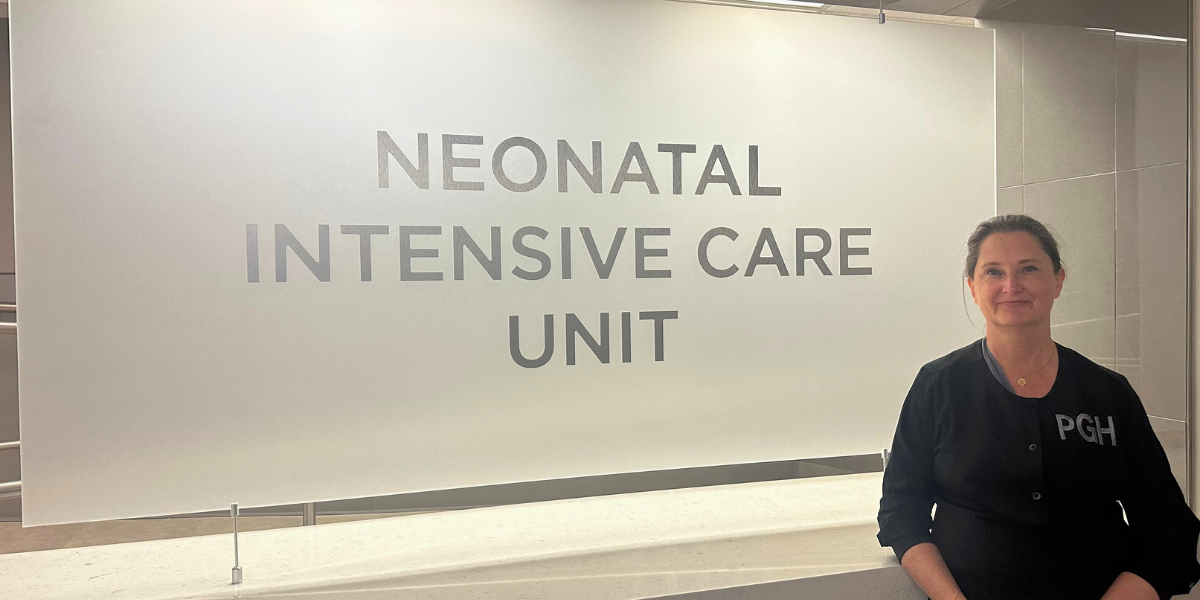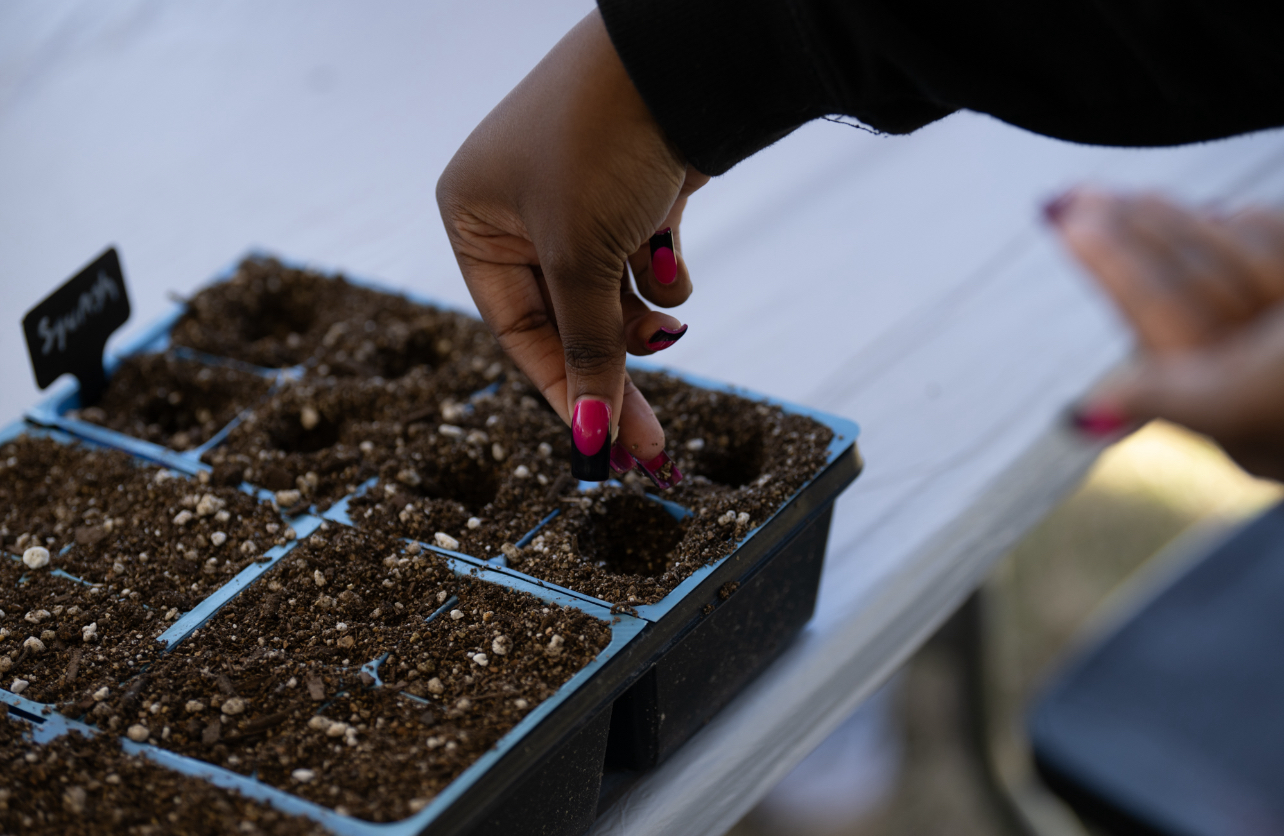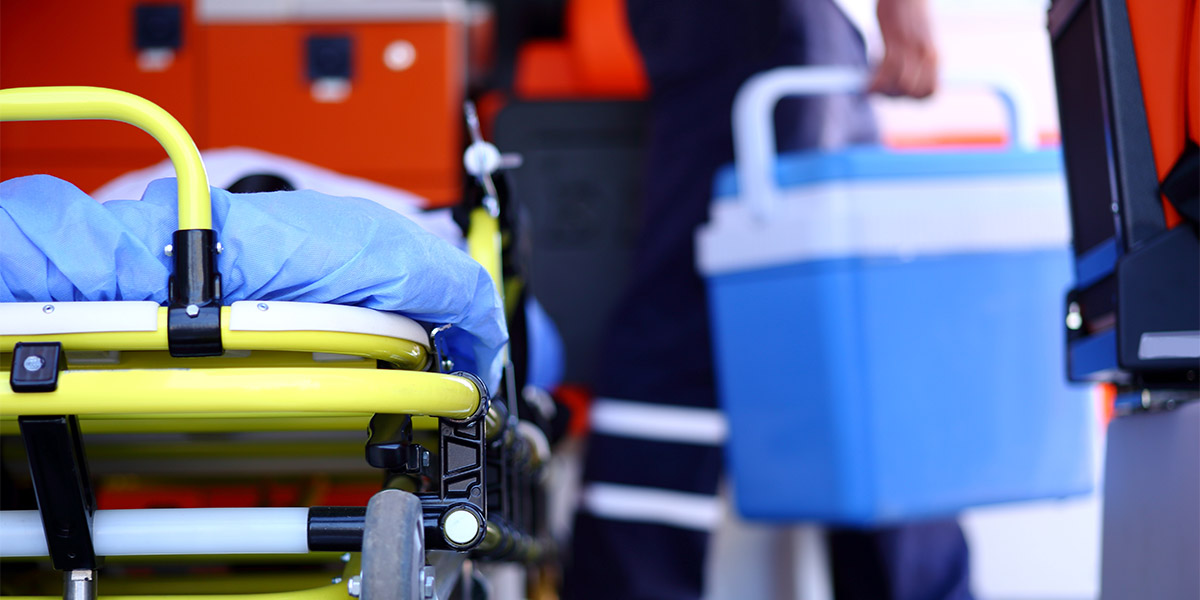
'I didn't think anything could be wrong with me.'
Every time Mary Genobles went for a jog, she had chest pain.
In the spring of 2014, at age 45, Mary was fit, active and exercising multiple times a week — including jogging three miles. Despite the pain in her chest, she never thought anything could be wrong with her.
“I never thought about it, I figured it was heartburn,” she said. “My husband said something wasn't right, but I didn't think anything could be wrong with me.”
To ease the pain, Mary was taking heartburn medication. If that didn't work, she would go to Advil for relief. But her pain progressively got worse.
“It continued on through the summer and got really bad around July,” she said. “We were on a family vacation and I was running on the beach. I would feel nauseous and need a few minutes before I felt better.”
Into the fall of 2014, Mary continued to ignore the chest pain, nausea and even the arm pain, which she thought was carpal tunnel syndrome. The nausea was attributed to something she ate.
“I came up with a reason for every symptom I was having,” she said. “I never thought anything could be wrong with my heart. Then the pain happened not just when I was exercising, but if I got stressed, like if I was running late and trying to get my four kids somewhere, or if even when I was driving down the road.”
Finally, Mary's husband Tommy went to a cardiology nurse to help nudge his wife into seeing a doctor, and her friend made an appointment for her. The next morning, Mary was doubled over her bed and holding her chest in pain.
“My husband called our friend again and was able to work me in to see Dr. Srivastava,” she said. “The whole way to the doctor, I thought the appointment was going to be overkill. I thought I would look whiny or like I was complaining because I thought I looked like the picture of health.”
Though Mary's numbers looked good, Nalin Kumar Srivastava, MD, didn't like the sound of her symptoms and scheduled an appointment with her at the Spartanburg Medical Center Cath Lab.
“That's when it hit me that something could be wrong,” Mary said. “At the cath lab, they found that there was an 80 percent blockage in my LAD, which can be deadly.”
The LAD, or left anterior descending artery, is the one of the coronary arteries that supplies the heart muscle with blood. The LAD is considered the most important of the three main coronary artiest because it is the largest, and supplies twice as much blood than the other coronary arteries. A major blockage in the artery is often referred to as “the Widow Maker,” since it can be lethal.
“My family was really shocked,” Mary said. “Several of my coworkers came to me and said if it could happen to me, that they were worried it could happen to them too.”
“I can't say enough good things about Dr. Srivastava. He didn't think ‘She's low risk,' but went with his gut feelings that something could be wrong. He took me seriously, when sometimes women's symptoms are ignored,” she said. “Your body will let you know if something is wrong, so don't second-guess symptoms or ignore what your body is telling you. Don't be so busy that you forget about yourself.”
Not only should women listen to their bodies, but also listen to each other.Want to learn more ab
“Heart disease is the number one killer of women and the symptoms for women are different from men,” Mary said. “Know the symptoms for women and encourage them to see a doctor. Being proactive could save a life of a friend, sister or mother.












